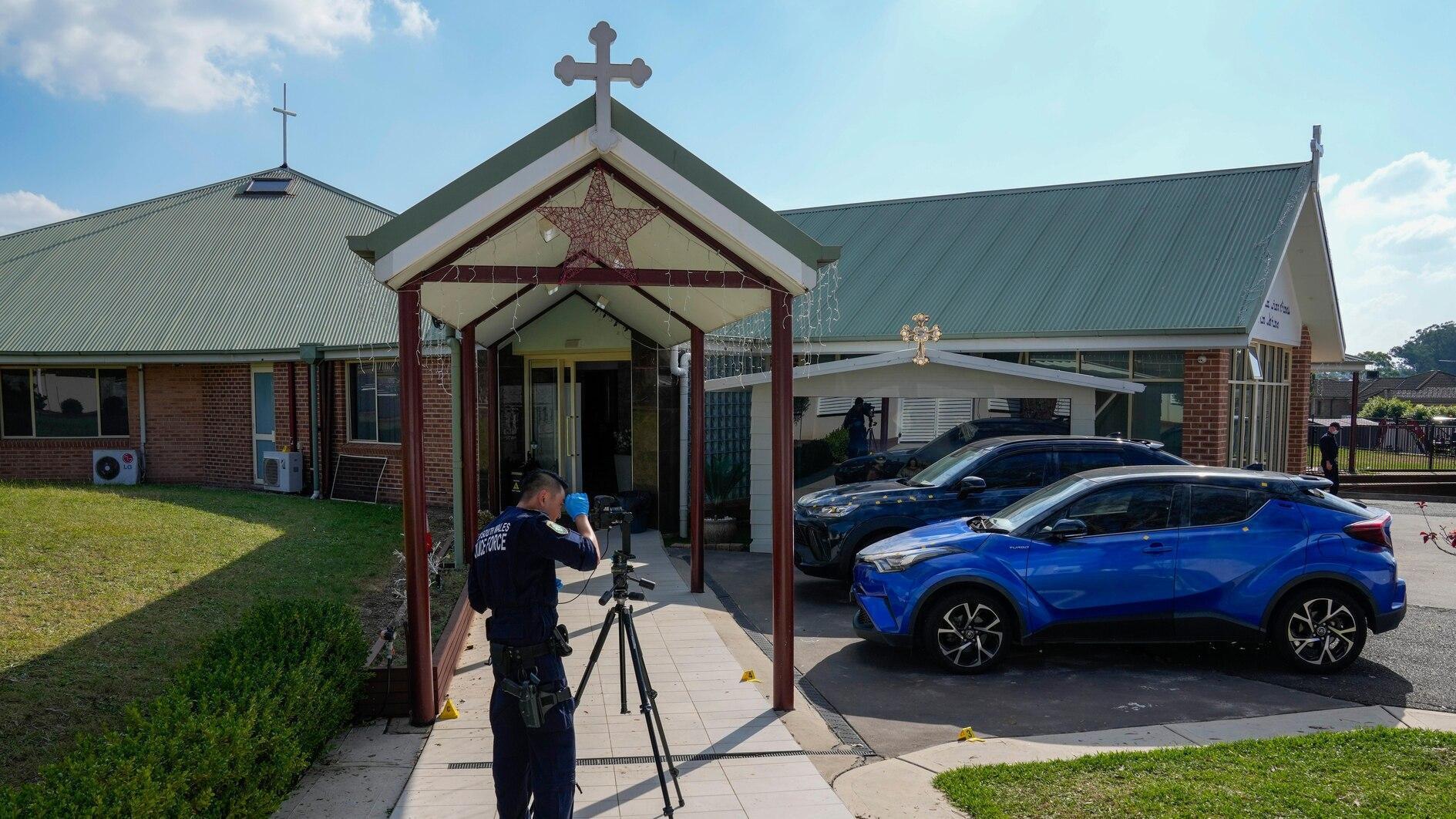July 15 and Akıncı Air Base (10): Recording of the F-16 pilot who bombed the palace
The conversations between the 93-0671 tail-numbered F-16 jet’s pilot who took off with the code name “Lion 6” and the tower at the Akıncı Air Base were fully recorded. The dialogues happened in the morning of July 16, 2016. It was the last F-16 flight to take off from the base used by the coup plotters.
As a result of the two U.S.-made MK-82 bombs’ explosion, fired by the pilot - each containing 89 kilograms of explosives - 15 people, who had at that point gathered around the presidential palace to stand against the coup attempt, had lost their lives.
The coup-plotting military officer voicing his appreciation with the words “Well done” to the pilot who dropped the bombs was 141st Fleet commander, Hasan Karakuş, the son-in-law of Gen. Akın Öztürk, former Air Force Commander and currently a coup suspect under arrest.
The pilot flying the F-16 was Lieutenant Müslim Macit from the 142nd Fleet in the Akıncı Air Base. He was 28 years old.
Macit is seen in a security camera footage, walking in the 143rd Fleet’s corridor, which is in the coup’s main headquarters at the Akıncı Air Base, on the night of July 15, 2016, when the coup attempt was launched. The recording points to 23:09 p.m.
Macit’s testimony with the prosecutor concerning this event overlaps exactly with the official recordings of the tower-aircraft conversations. “I dived and shot by sending one MK-82 to the junction. I was in contact with Karakuş Yarbay from the tower. I shot upon his order. “I also dropped a bomb next to the mosque,” he says.
An important aspect regarding Macit is that he is one of the most important confessors in the Akıncı case. “I did not know that at that moment, we, in other words, the service [Gülen] movement, the brotherhood was staging a coup,” he said in his testimony.
Macit’s second testimony, especially the one given on Sept. 30, 2016 is a striking one, in terms of showing how the Fethullah Gülen organization was structured in the air forces and the way it worked. “I joined the Fethullah Gülen organization in high school,” said Macit, speaking also about his relationship with the 13 “brothers” in the organization he had contact with and who were supervising him in every period of his career, starting from high school until his years in the Air Force Academy, his lieutenancy and first lieutenancy. He identified some of them with their real names from the photographs shown to him at the police station.
For example, the first person who contacted him in high school and whose real name he does not know is one of the brothers with the code name “Mehmet.” With Mehmet’s guidance, he joined the Air Force Academy in 2005. “He assigned me to a congregant named “Mustafa.” He was studying in Ankara at Gazi University. He would come and meet me every two weeks,” said Macit. At second grade Mustafa assigned him to a brother with the code name “Fatih,” at third grade Fatih assigned him to a brother named “Halil İbrahim,” and this way, he continued until graduation with the brother code-named Halil İbrahim.
Meanwhile, “a higher-ranking brother,” named “Tahsin,” came to visit him from time to time.
After his graduation, when he was appointed for his first mission as a lieutenant in Çiğli in 2009, he got in contact with “Yavuz,” and Yavuz introduced him to a teacher named “Cem,” and Cem to “Hasan.” After approximately 14-15 months, he went to the Central Anatolian province of Konya with a duty and stayed there for nine months. “Our brother’s name in Konya was ‘Yusuf,’” he says. When he was assigned to the Ankara Akıncı Base in 2011, a brother with the code name “Melih” stepped in. Macit’s statements will carry us to the other striking truths about the brotherhood’s internal operations and July 15.











